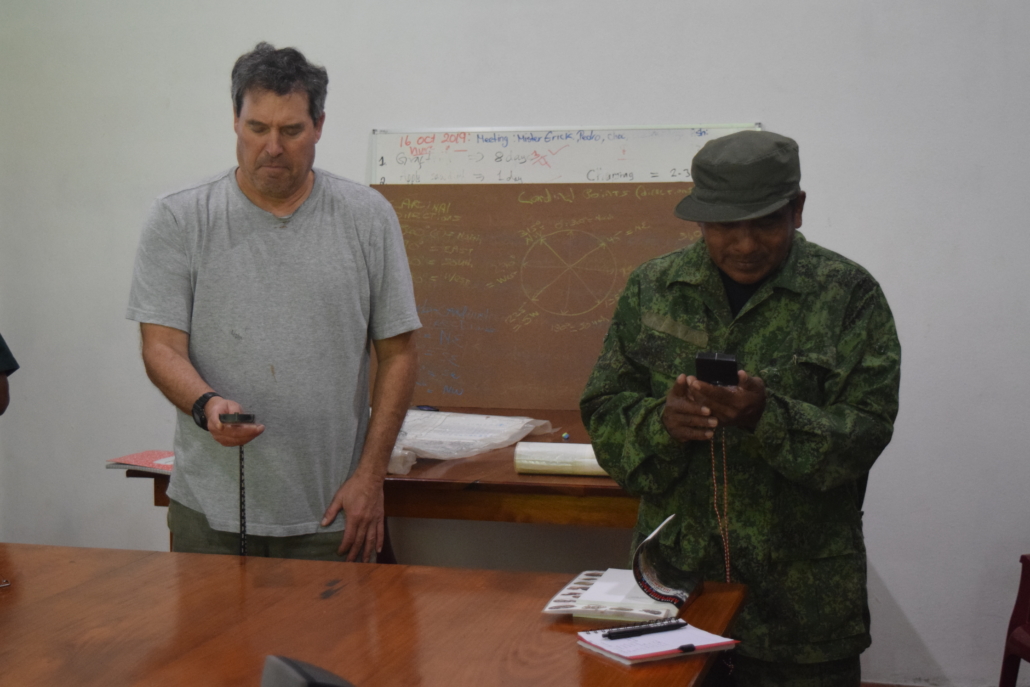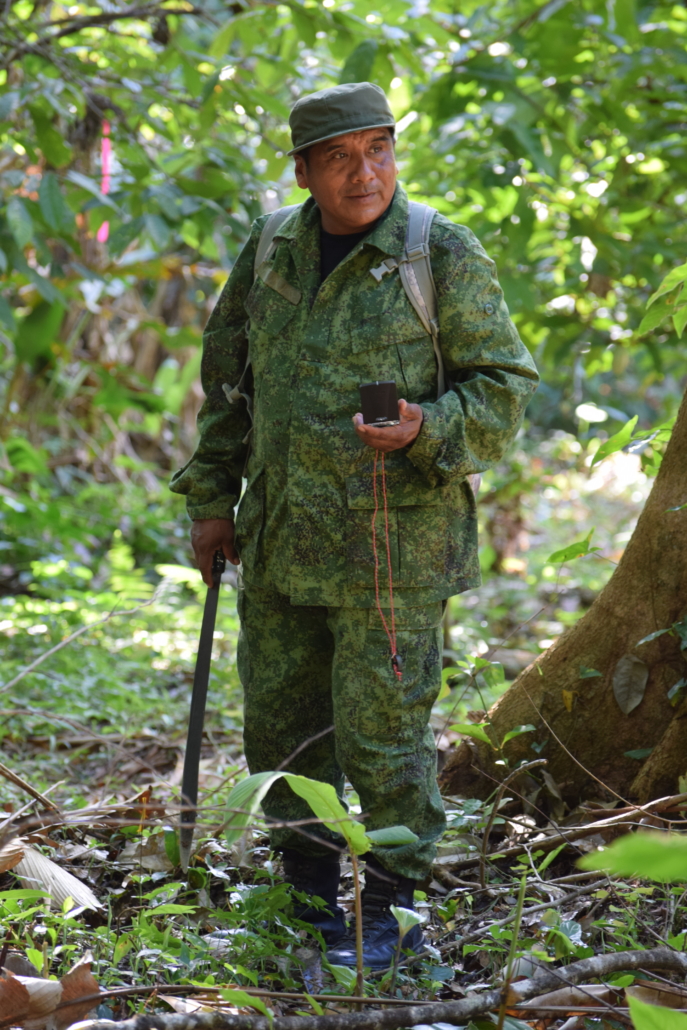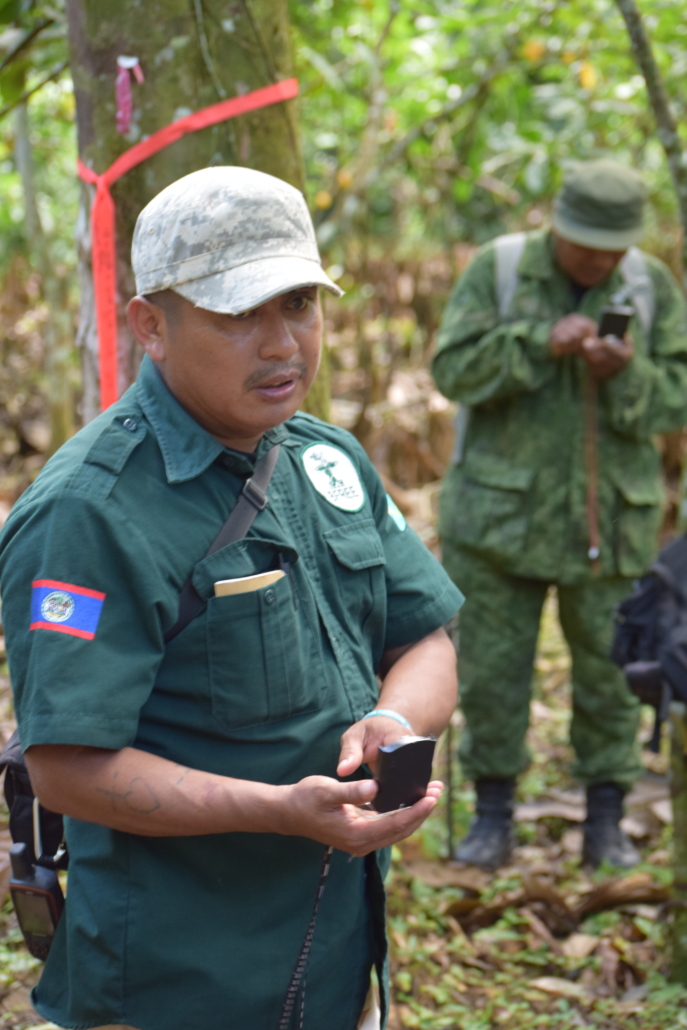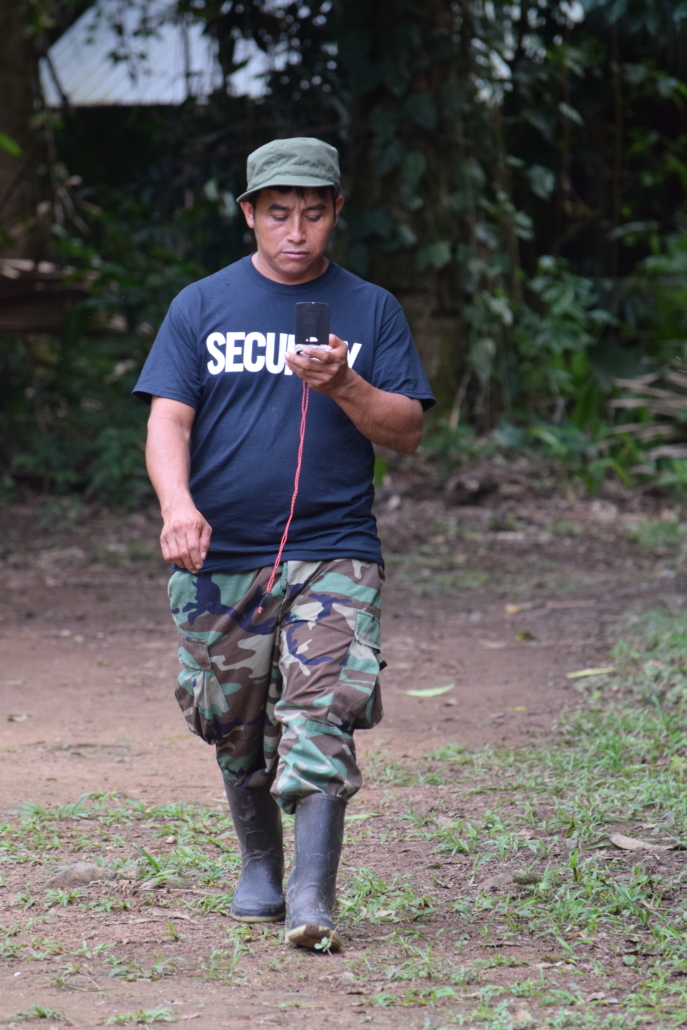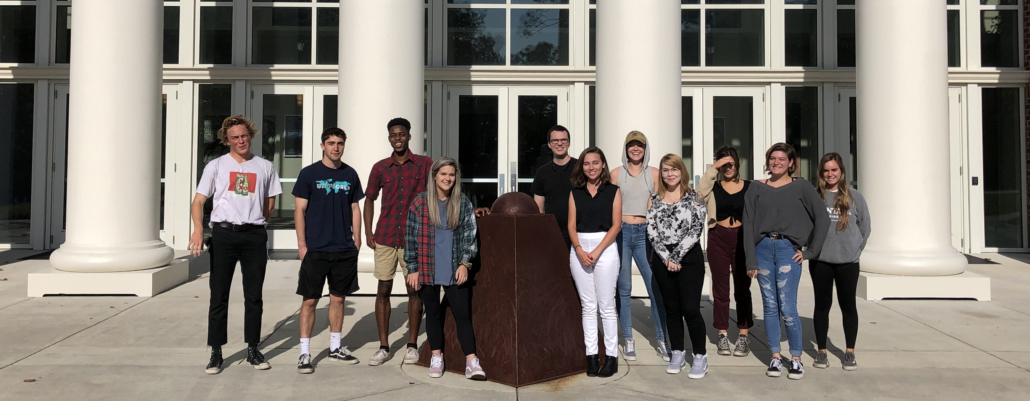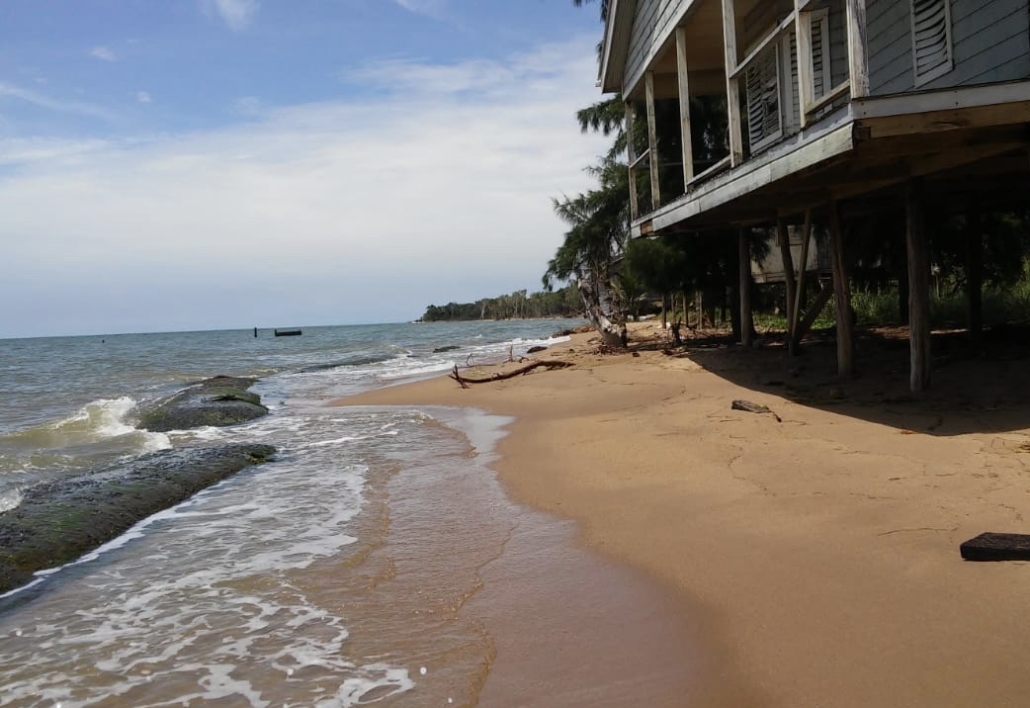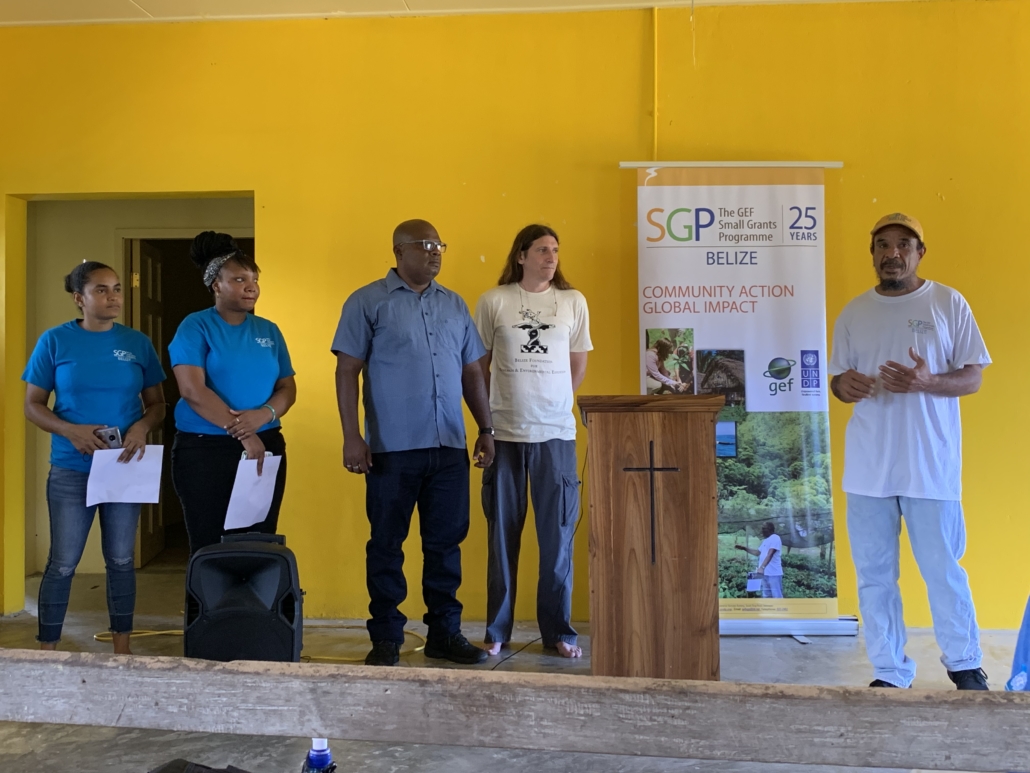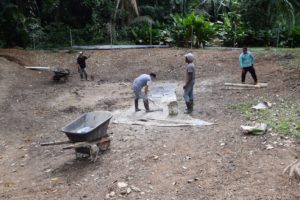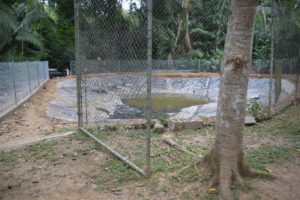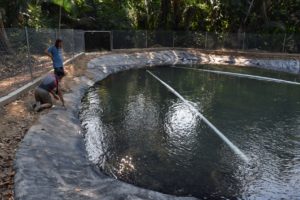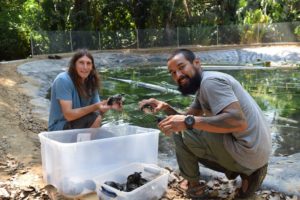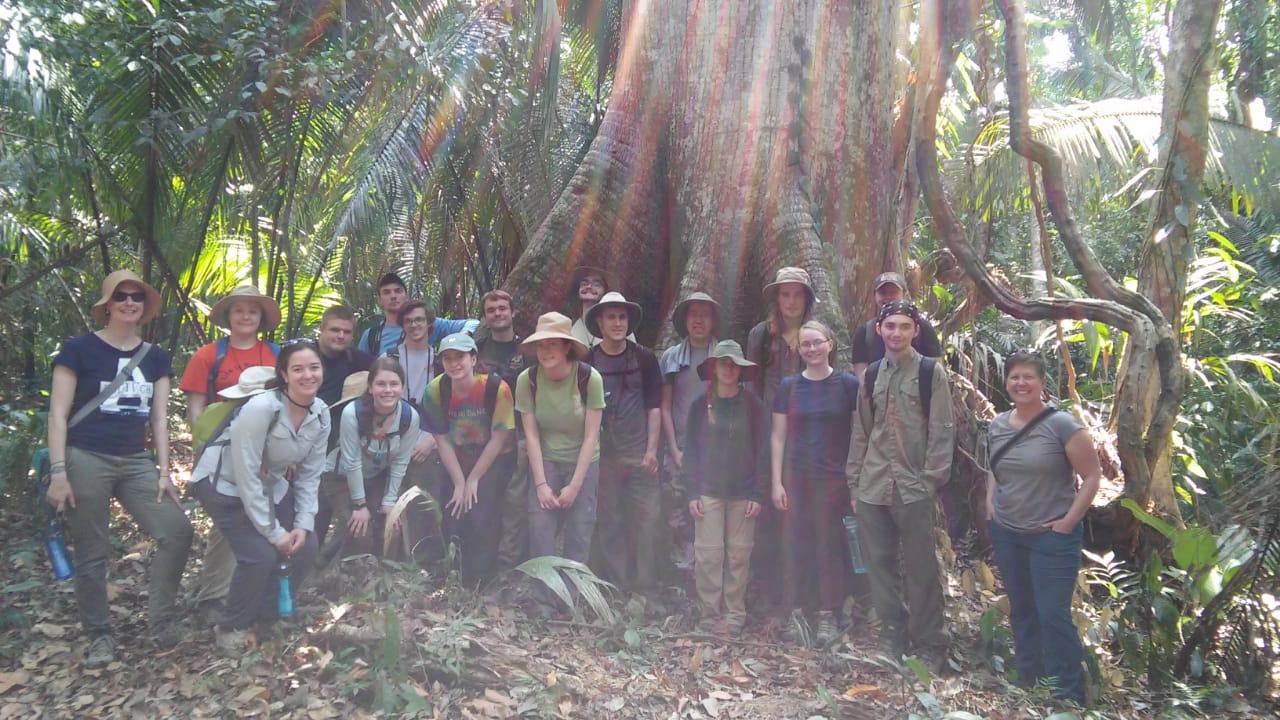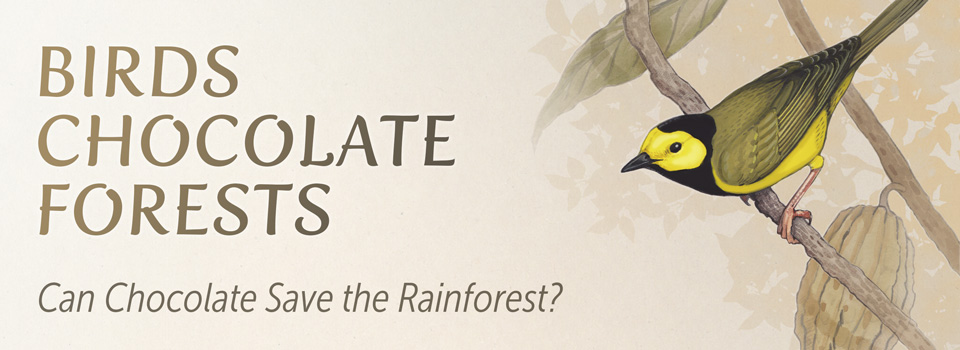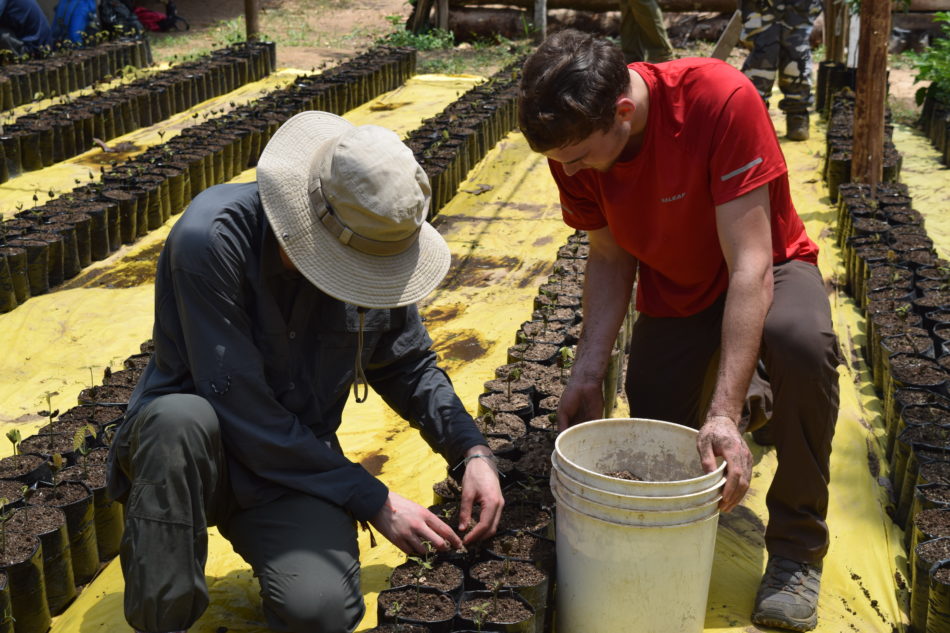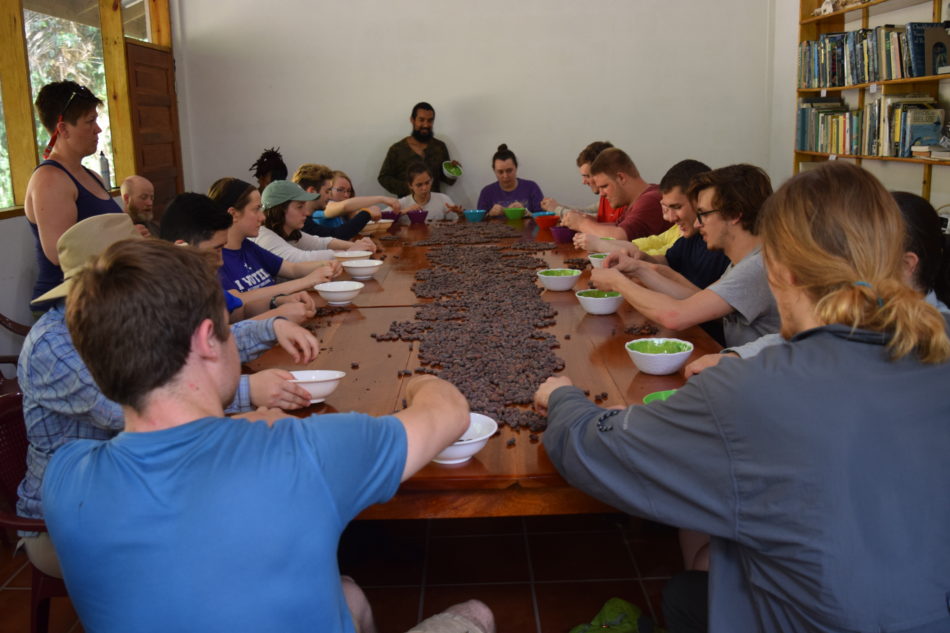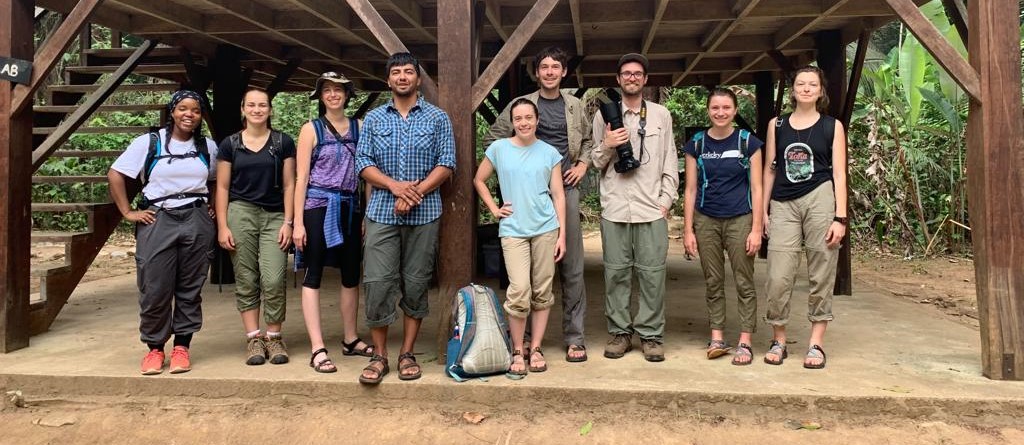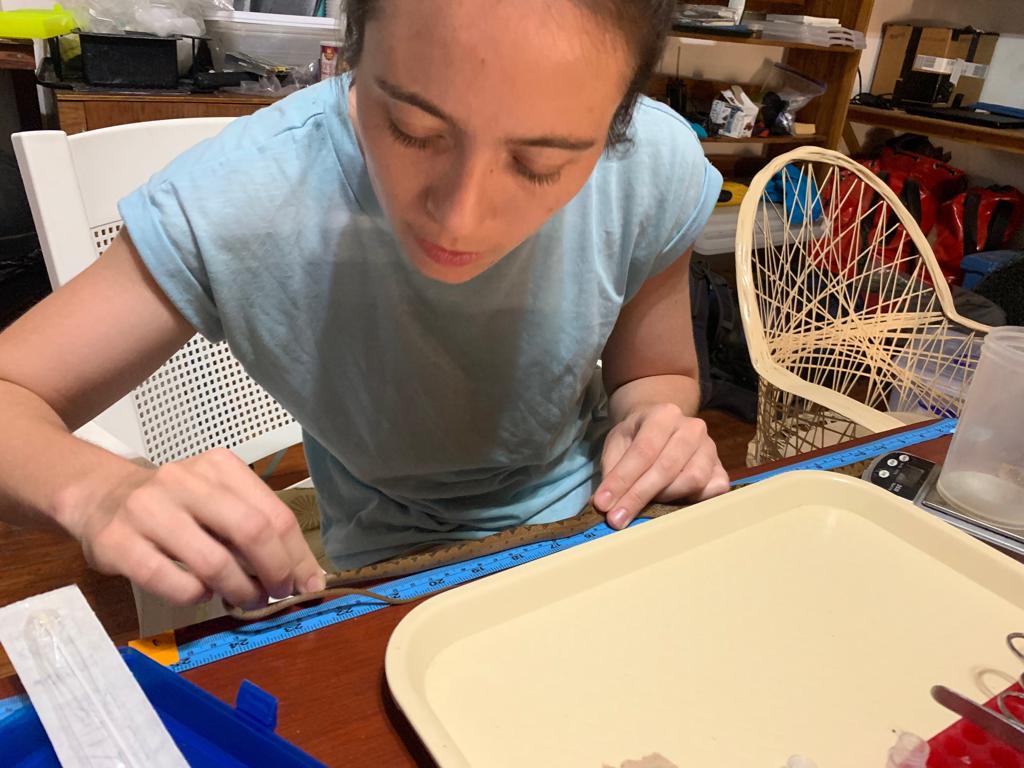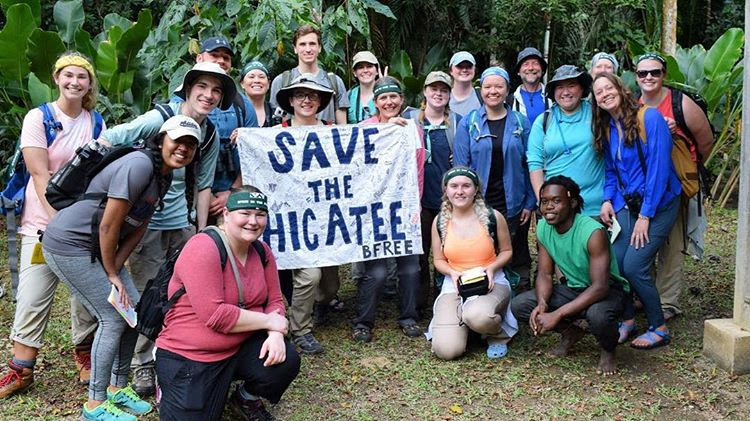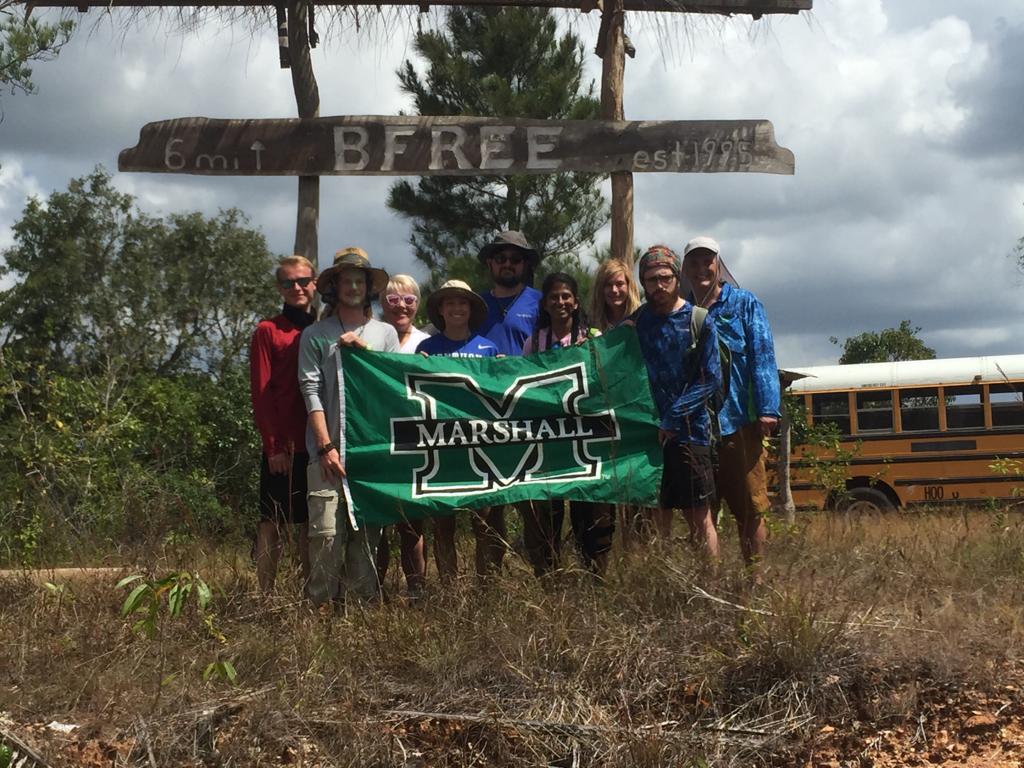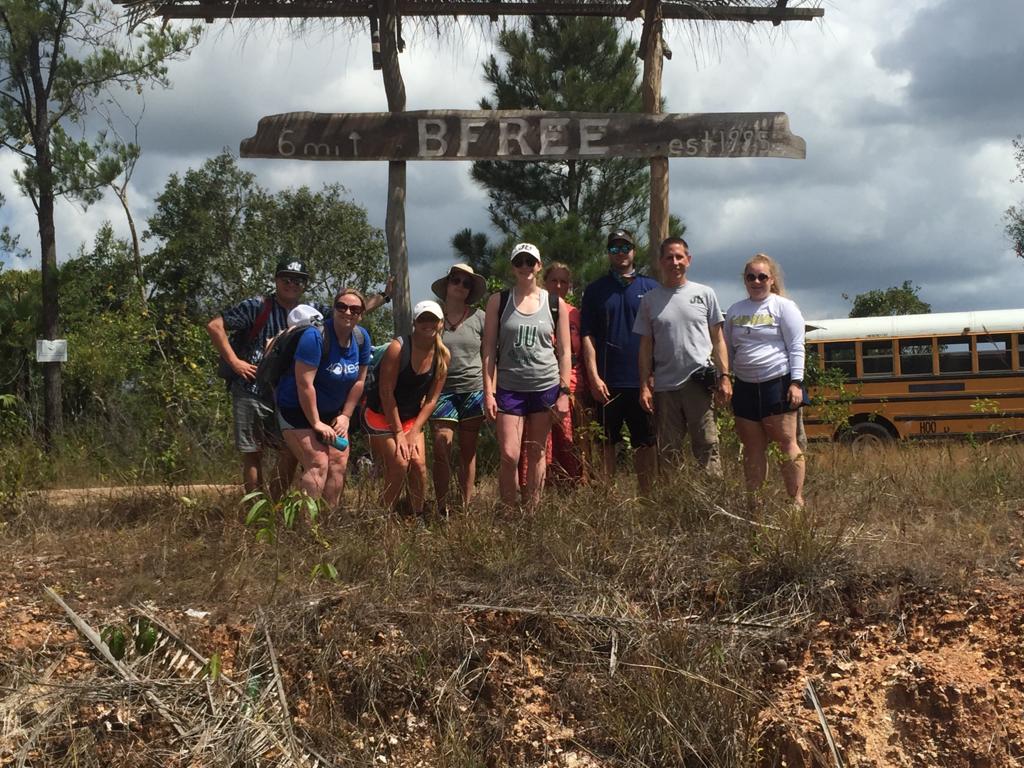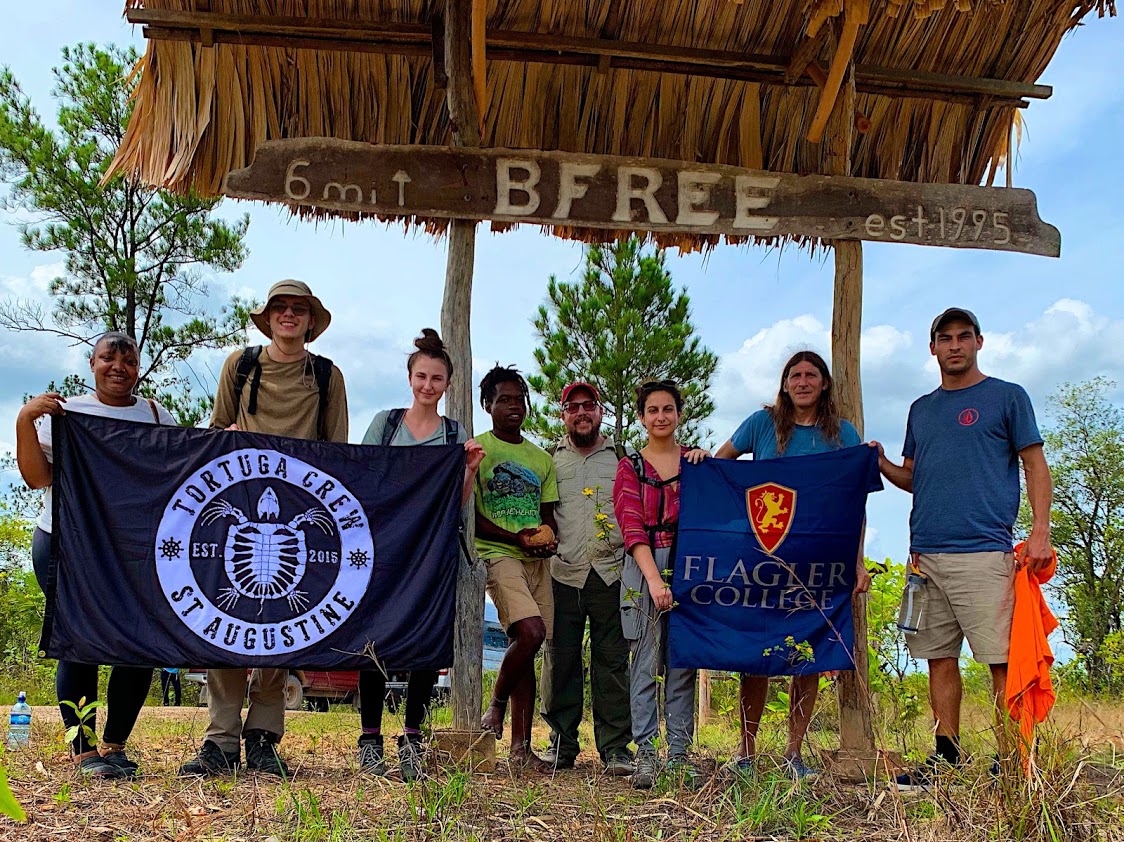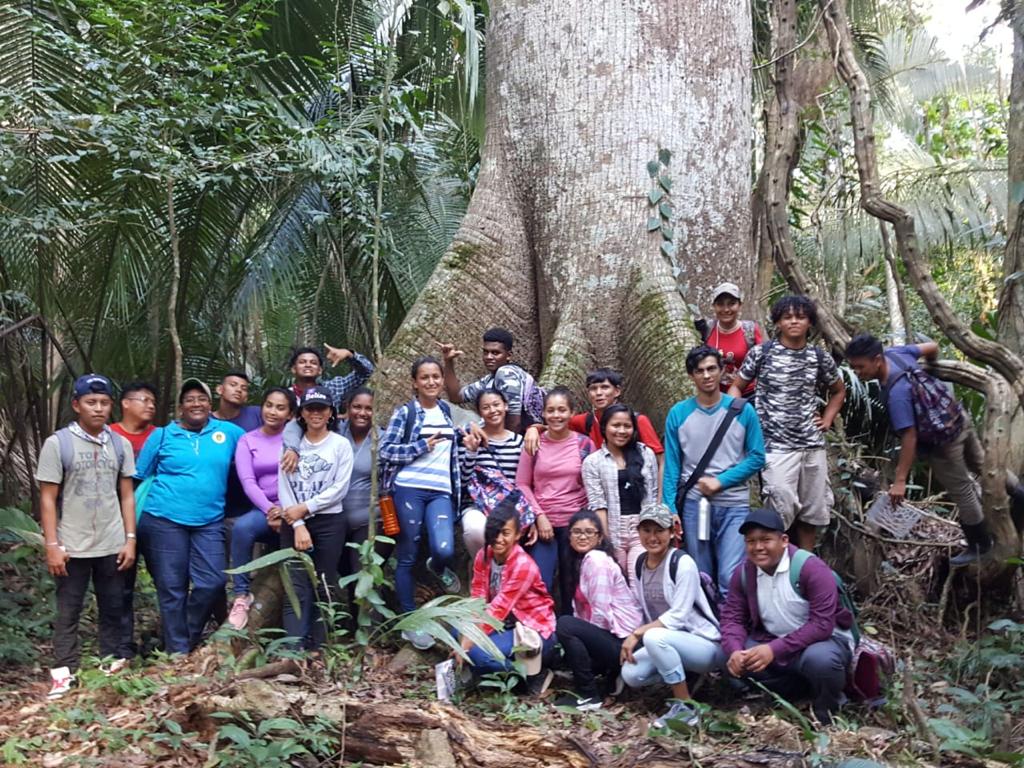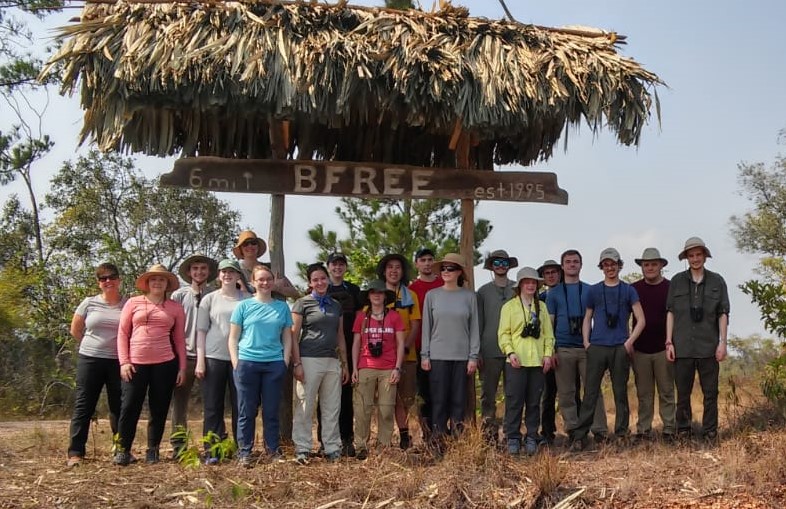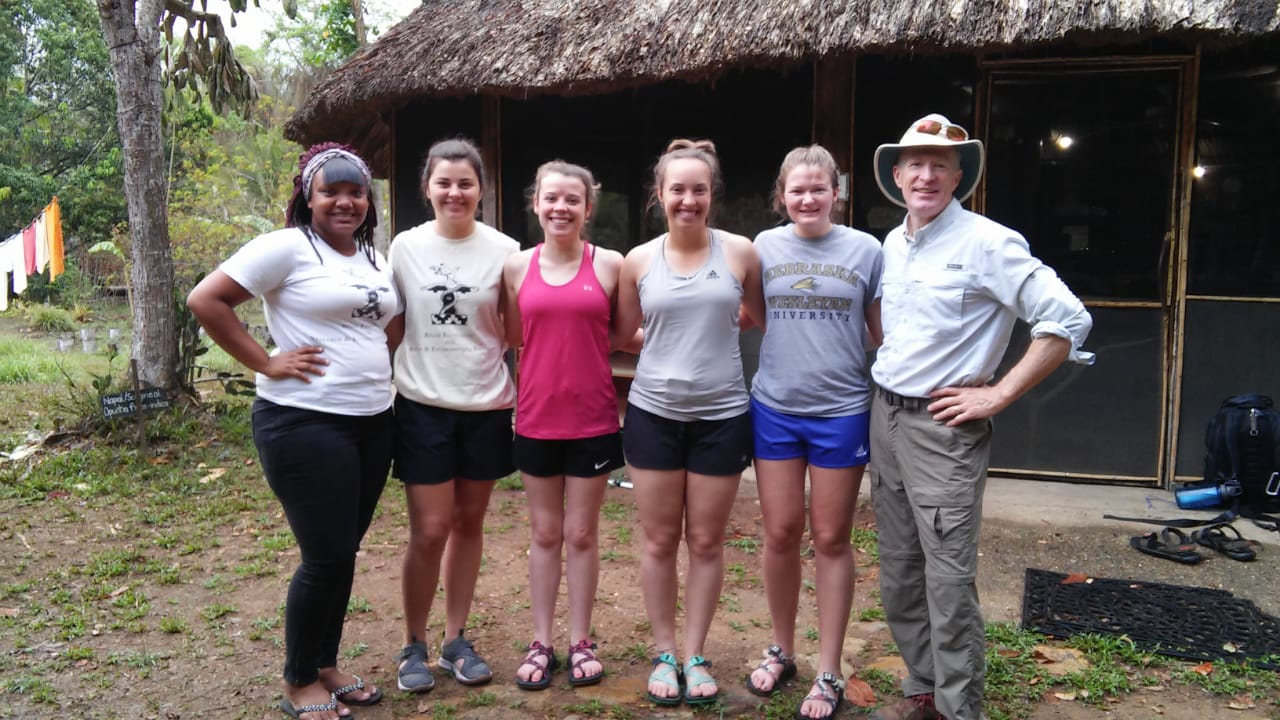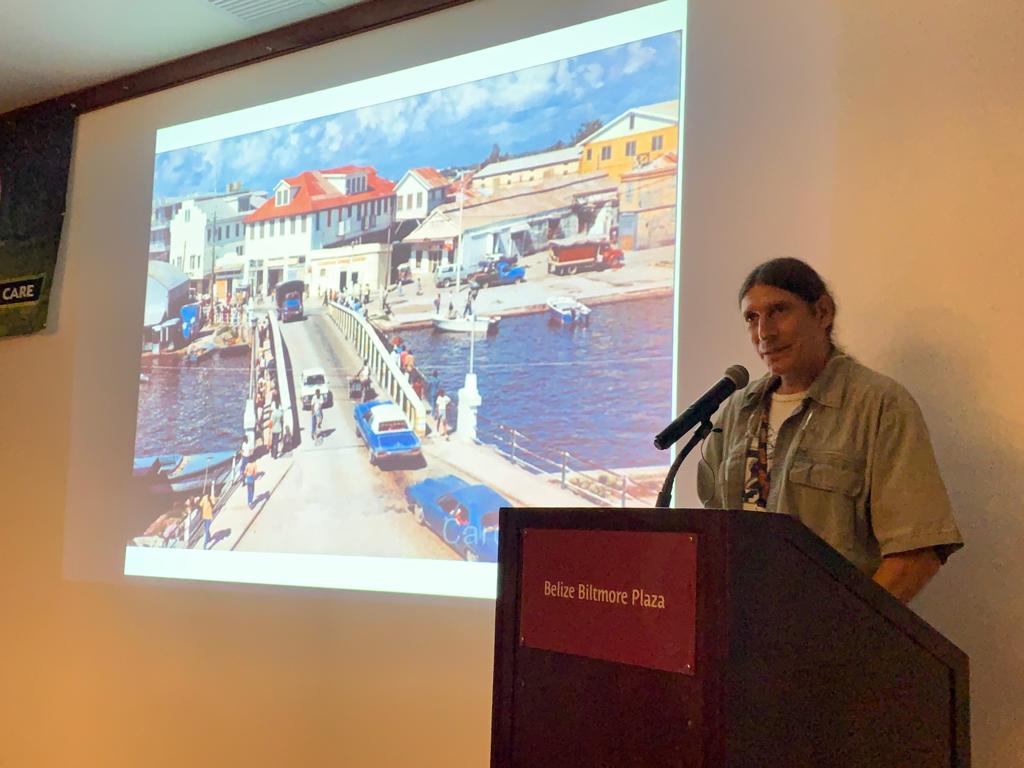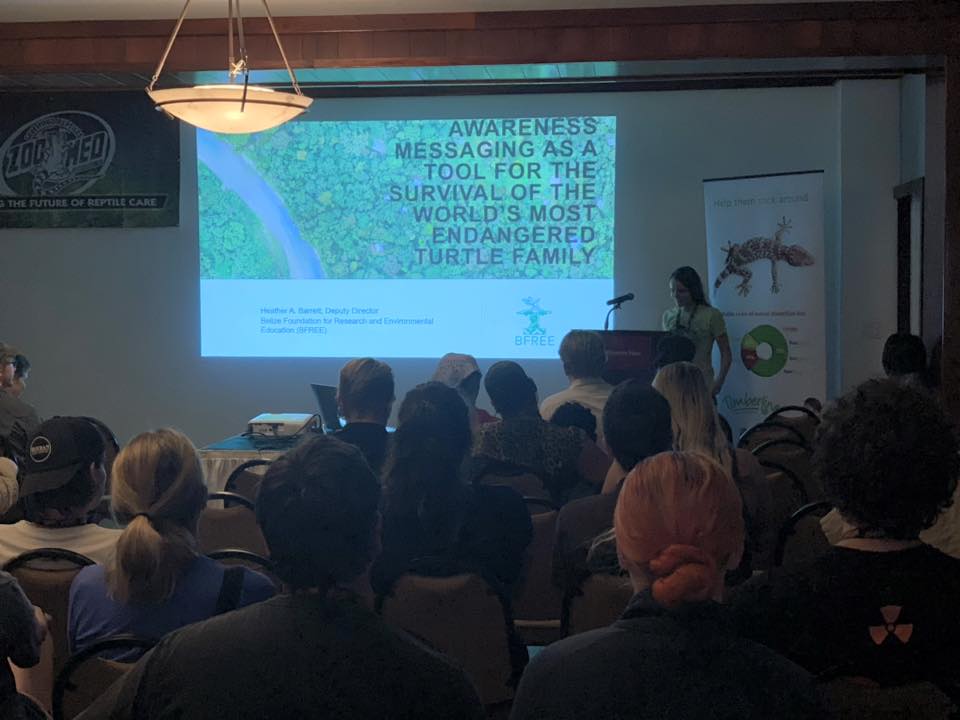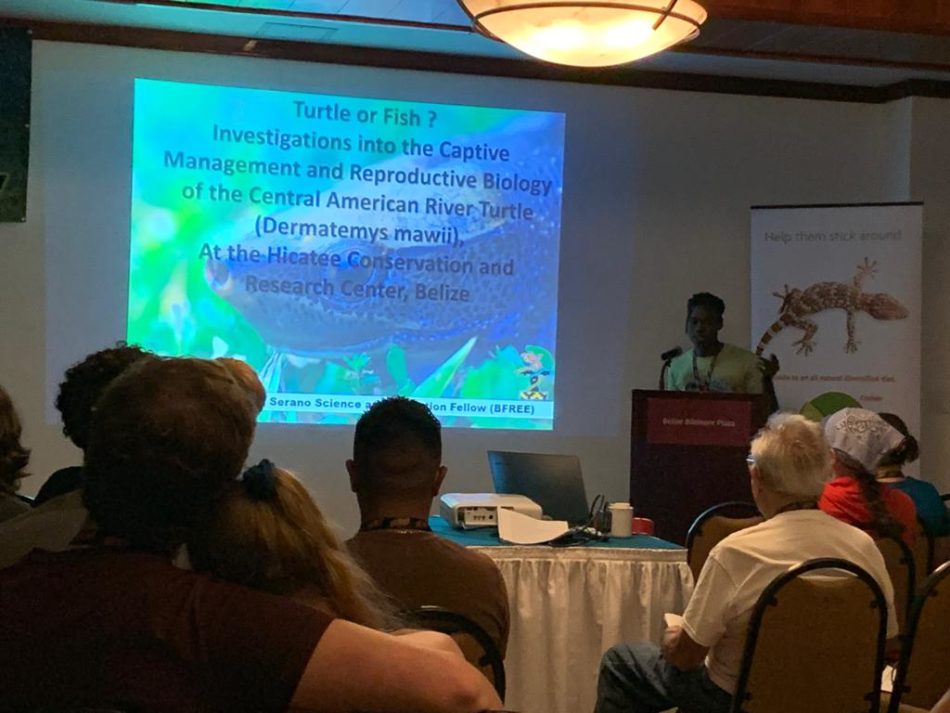Aiming for Conservation

Growing up in the south of Belize you develop a sense of uncertainty. I was raised in the Mayan subsistence farming community of San Pedro Columbia. This community has long-shared rudimentary hunting and fishing practices, that are now replaced by modern and destructive gears. A place where slash and burn is still practiced by most farmers, and the construction of logging roads has opened opportunities for overhunting and deforestation. Lamentably this rural community is adjacent to a forest reserve.
At present, my life revolves around conservation. I studied Natural Resource Management at the University of Belize, and I am currently a science fellow at BFREE. This organization has given me the opportunity to have a leading argronomist, Erick Ak, as a mentor. We are focused on restoring degraded rainforest with shade-loving criollo cacao. Our hopes of resembling the nautral rainforest strata with cacao and permaent shade trees is becoming a reality. My responsibilites include the collection of cacao growth data in the selected fields, and taking care of the nursery. We also collect GPS coordinates for the criollo cacao trees dispersed naturally in the rainforest. Our next plan is to start with the characterization of the four different varieties of criollo that exist on BFREE’s property, as little is known about the unique plant.
So as communities grow and continue to make unsustainable demands on natural systems, it is my hope
that our research ideas can be transplanted in farming communities. These ideas can be implemented
on farming areas that were abandoned. And since cacao has a very high demand, this can be an
alternative source of income for these farming families. This in turn would be beneficial for the posterity
of both man and nature.
Shadowing visiting university students has allowed me to meet students with the same enthusiasm towards conservation. These experiences have made me realize the different values other people have. I have plans to further my studies and help persuade people to be stewards of the environment. People
change, and I hope they change for the better.

